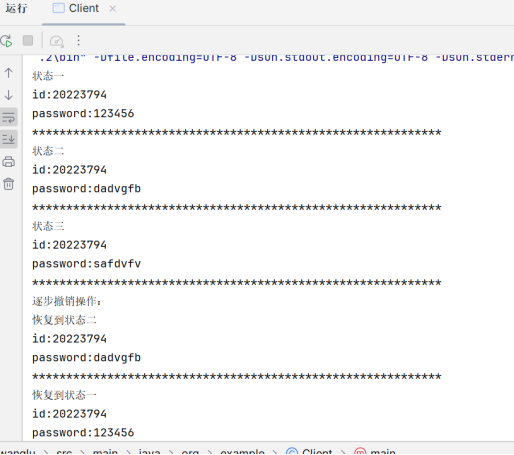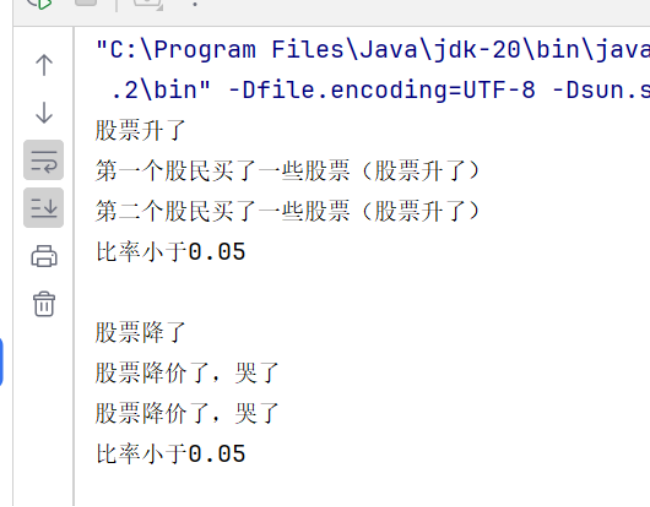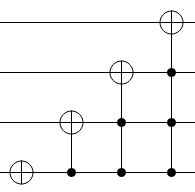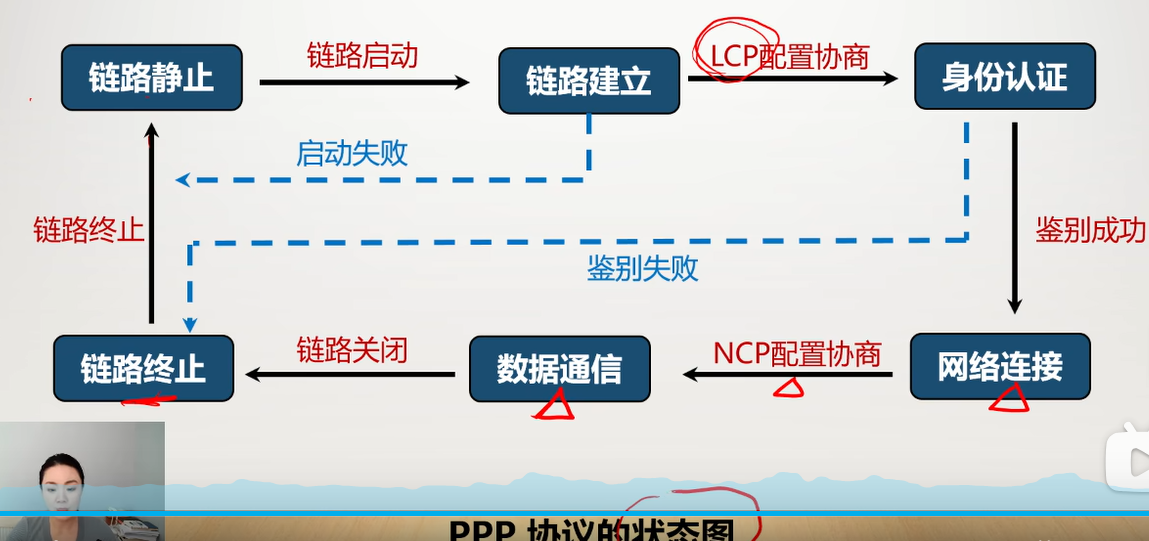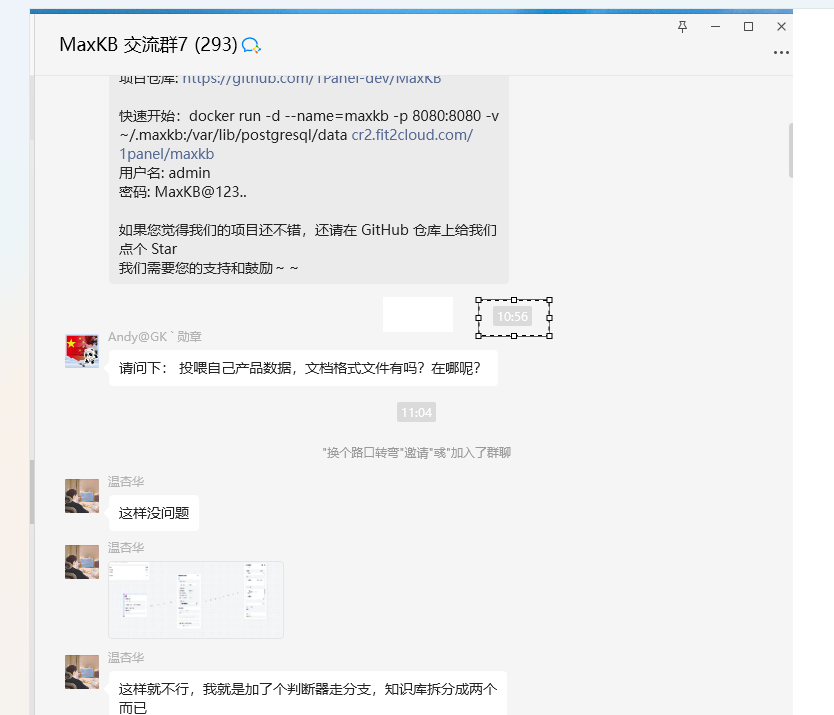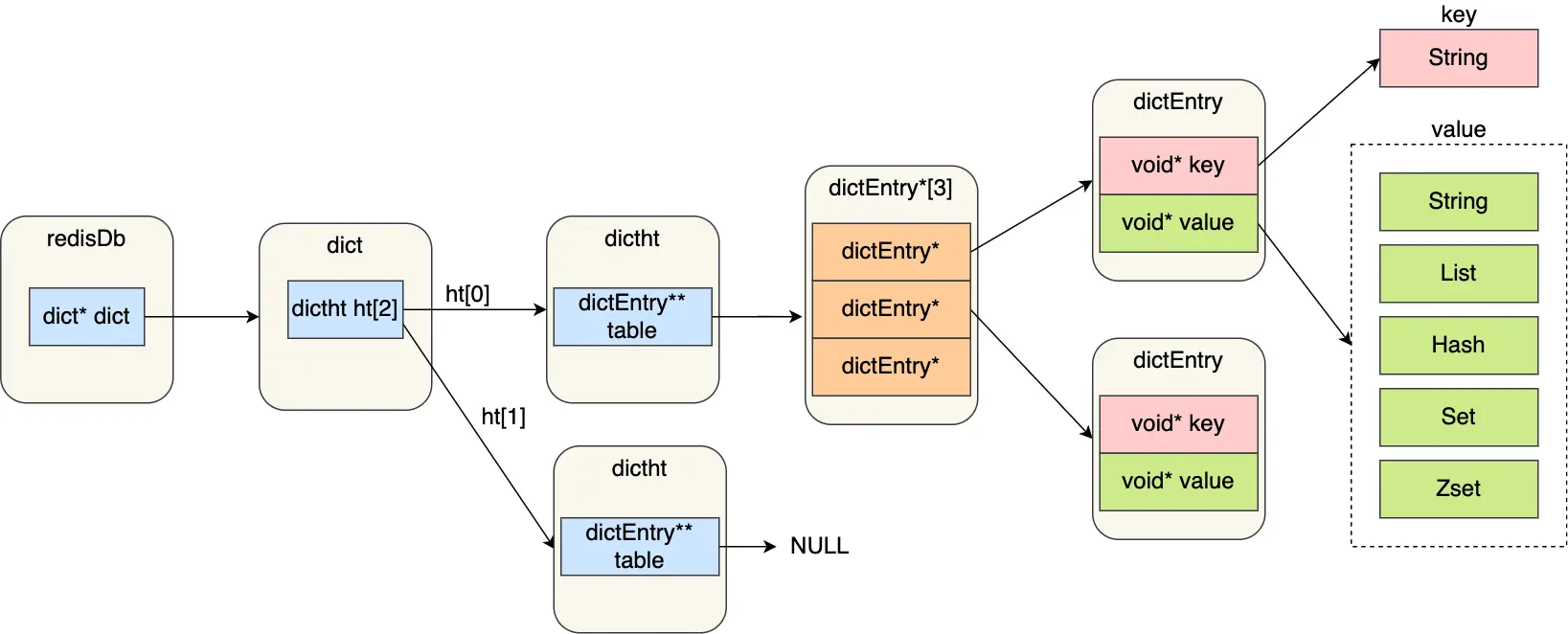背景:想找找有没有数据是循环到末尾之后,再从头开始循环的数据。印象中,列表循环和取模可以实现。
1. 使用 itertools.cycle 模拟循环
itertools.cycle 是 Python 内置模块 itertools 中的一个工具,它会对一个可迭代对象进行无限循环:
示例代码
python
from itertools import cycle data = [1, 2, 3, 4] cyclic_iterator = cycle(data) # 循环取数据 for _ in range(10): # 示例:取 10 次数据 print(next(cyclic_iterator)) 输出
1 2 3 4 1 2 3 4 1 2 - 优点:不用手动实现循环逻辑,简单高效。
- 缺点:它是一个迭代器,只能通过
next()一次取一个值,无法随机访问。
2. 使用取模操作实现循环
如果需要对固定大小的列表进行循环,可以结合索引和取模运算手动实现:
示例代码
python
data = [1, 2, 3, 4] index = 0 # 模拟循环 for _ in range(10): # 示例:取 10 次数据 print(data[index]) index = (index + 1) % len(data) # 取模实现循环 输出
1 2 3 4 1 2 3 4 1 2 - 优点:可以随机访问任何索引位置。
- 缺点:需要手动维护索引。
3. 使用自定义类实现循环数据结构
如果需要更加灵活的功能(如增删元素、循环遍历等),可以实现一个自定义的数据结构:
示例代码
python
class CircularList: def __init__(self, data): self.data = data self.index = 0 def next(self): if not self.data: raise IndexError("空列表无法循环!") value = self.data[self.index] self.index = (self.index + 1) % len(self.data) # 取模实现循环 return value def add(self, value): """向列表中添加元素""" self.data.append(value) def remove(self, value): """移除指定元素""" self.data.remove(value) self.index %= len(self.data) # 确保索引合法 # 测试 clist = CircularList([1, 2, 3, 4]) for _ in range(10): print(clist.next()) # 循环输出数据 输出
1 2 3 4 1 2 3 4 1 2 - 优点:可以动态增删元素,同时支持循环操作。
- 缺点:需要额外实现功能逻辑。
4. 双向循环队列(使用 collections.deque)
如果需要支持双向遍历(即前进和后退),可以使用 collections.deque 来实现:
示例代码
python
from collections import deque class CircularDeque: def __init__(self, data): self.data = deque(data) def next(self): value = self.data.popleft() # 从左侧取值 self.data.append(value) # 把取出的值重新放到右侧 return value def prev(self): value = self.data.pop() # 从右侧取值 self.data.appendleft(value) # 把取出的值重新放到左侧 return value # 测试 cdeque = CircularDeque([1, 2, 3, 4]) for _ in range(4): # 向前循环 print("Next:", cdeque.next()) for _ in range(4): # 向后循环 print("Prev:", cdeque.prev()) 输出
makefile
Next: 1 Next: 2 Next: 3 Next: 4 Prev: 4 Prev: 3 Prev: 2 Prev: 1 - 优点:支持前进和后退,灵活高效。
- 缺点:需要引入
collections.deque。
总结
- 简单循环:推荐使用
itertools.cycle,适合读取数据但不能修改。 - 随机访问:使用取模操作,可以快速实现循环。
- 动态增删功能:实现自定义
CircularList类。 - 双向遍历:使用
collections.deque实现循环队列。
根据你的具体需求选择最合适的方法即可!
